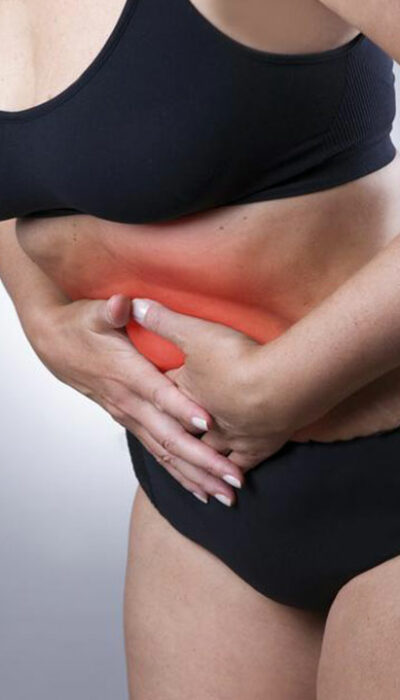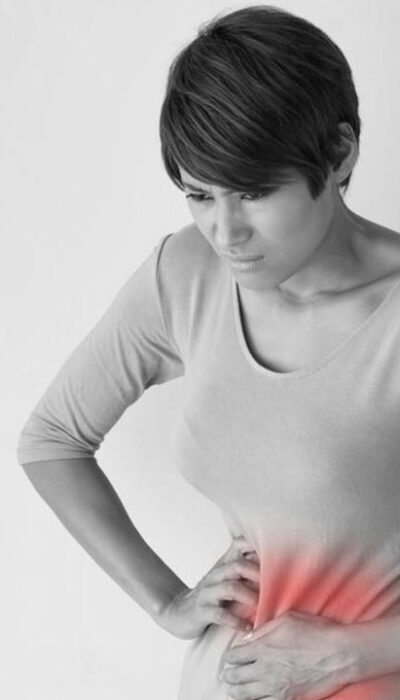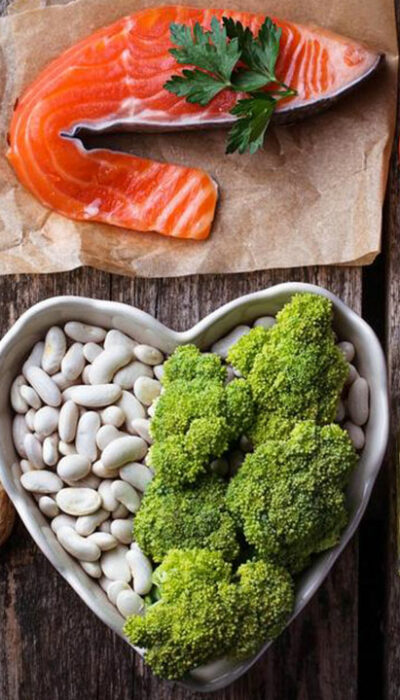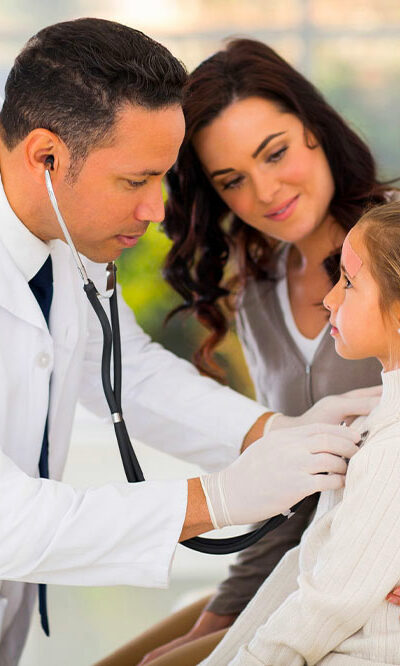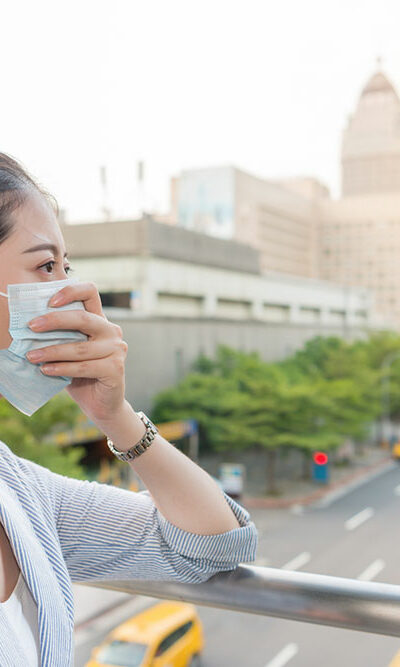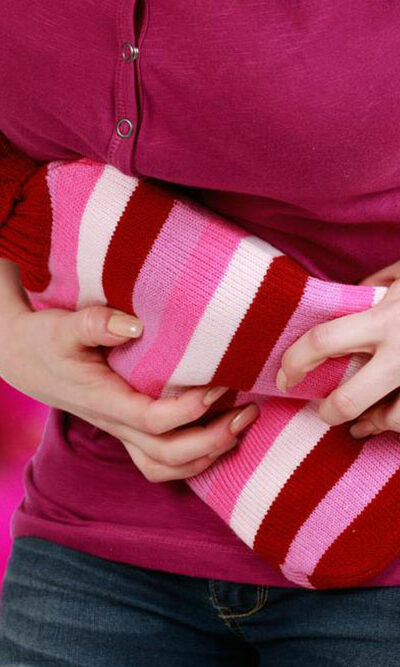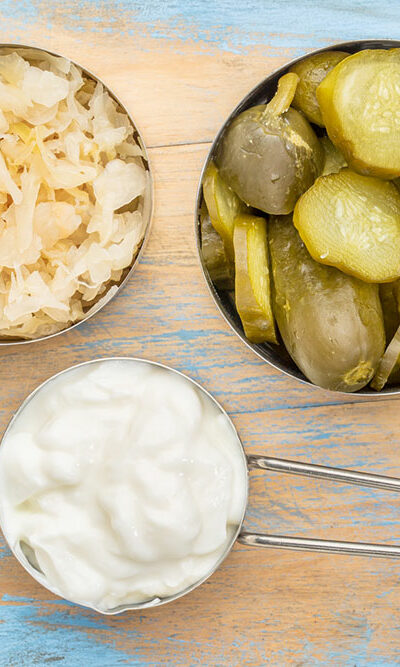
Best Probiotics and Their Advantages
Your body consists of good bacteria and bad bacteria. When there is a balance between both, your body is capable of functioning at its optimum. But often due to the onset of an illness or other external factors, this balance gets disturbed. There are times when there may be a shortage of good bacteria in your body, also known as probiotics. These probiotics are important for one to stay healthy. For instance, when you take antibiotics, you may end up losing some good bacteria. Taking the best probiotics on a regular basis can help you to recover from the loss of good bacteria as it helps to replace them. What are the top rated probiotics? There are many different types of probiotics. Following are the top probiotics of 2017. Bifidobacterium There are four strains that come under this family. It is considered to be one of the best probiotics. B. Longum This strain can help in improving your memory power and are capable of increasing your retention power. These bacteria strains also help to relieve you from constipation. This strain can help you to decrease your stress levels as well. They can help with preventing the growth of any bacteria in your gastrointestinal tract that could harm you in any way. It helps to boost the normal functioning of your brain as well. B. Lactis This strain can help improve your immunity by aiding in the proper functioning of your immune systems. B. Breve This is particularly beneficial for children who face constipation issues. It can also be useful for people who are often exposed to the harmful rays of the sun. The reason is that it protects your skin from any type of damage. This is another bacteria strain that is helpful in relieving you from abdominal pain. B.
